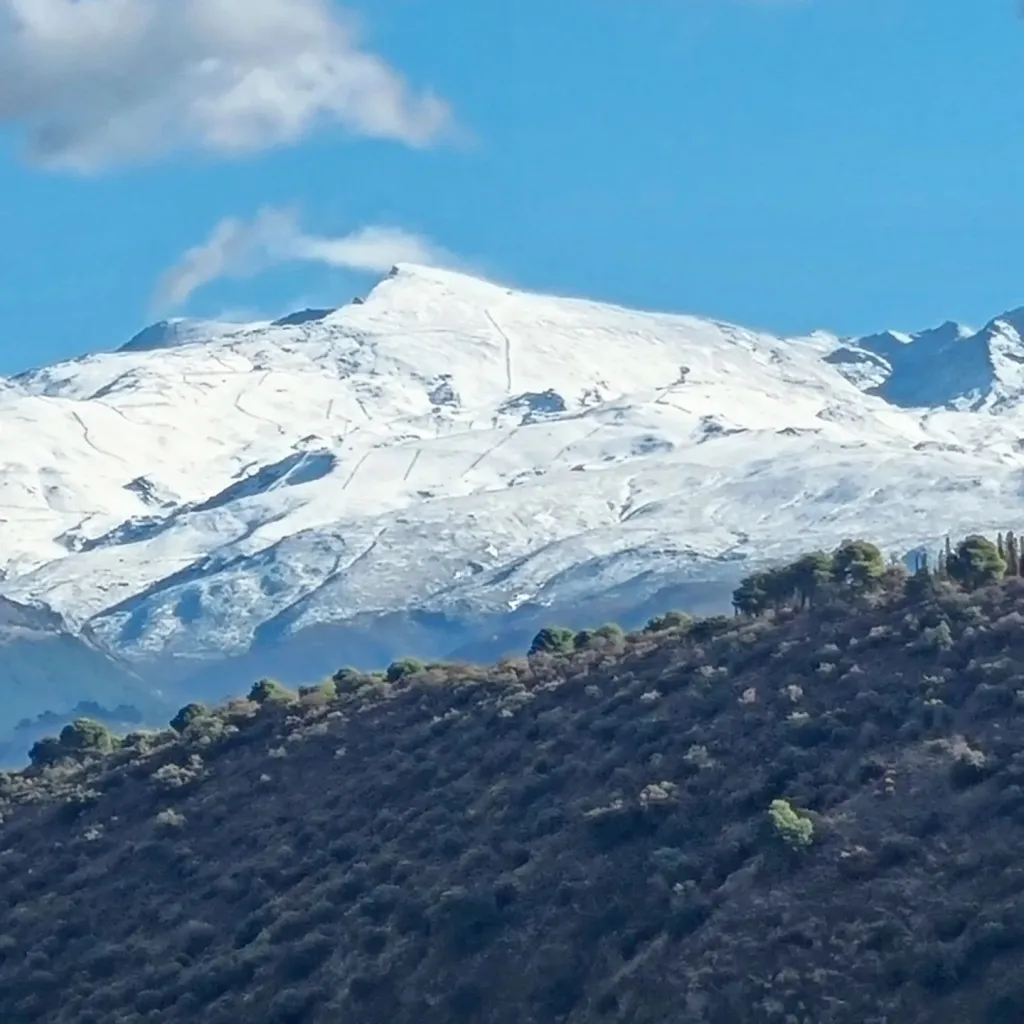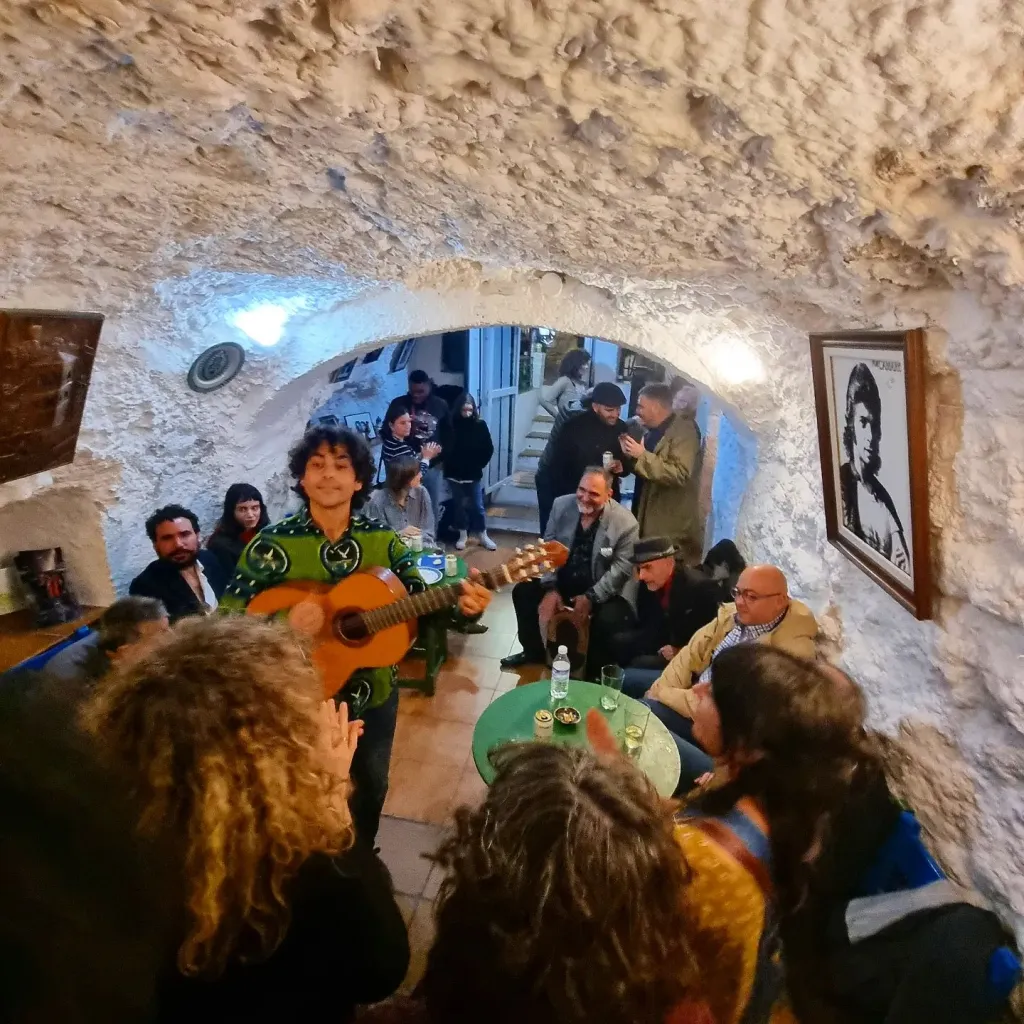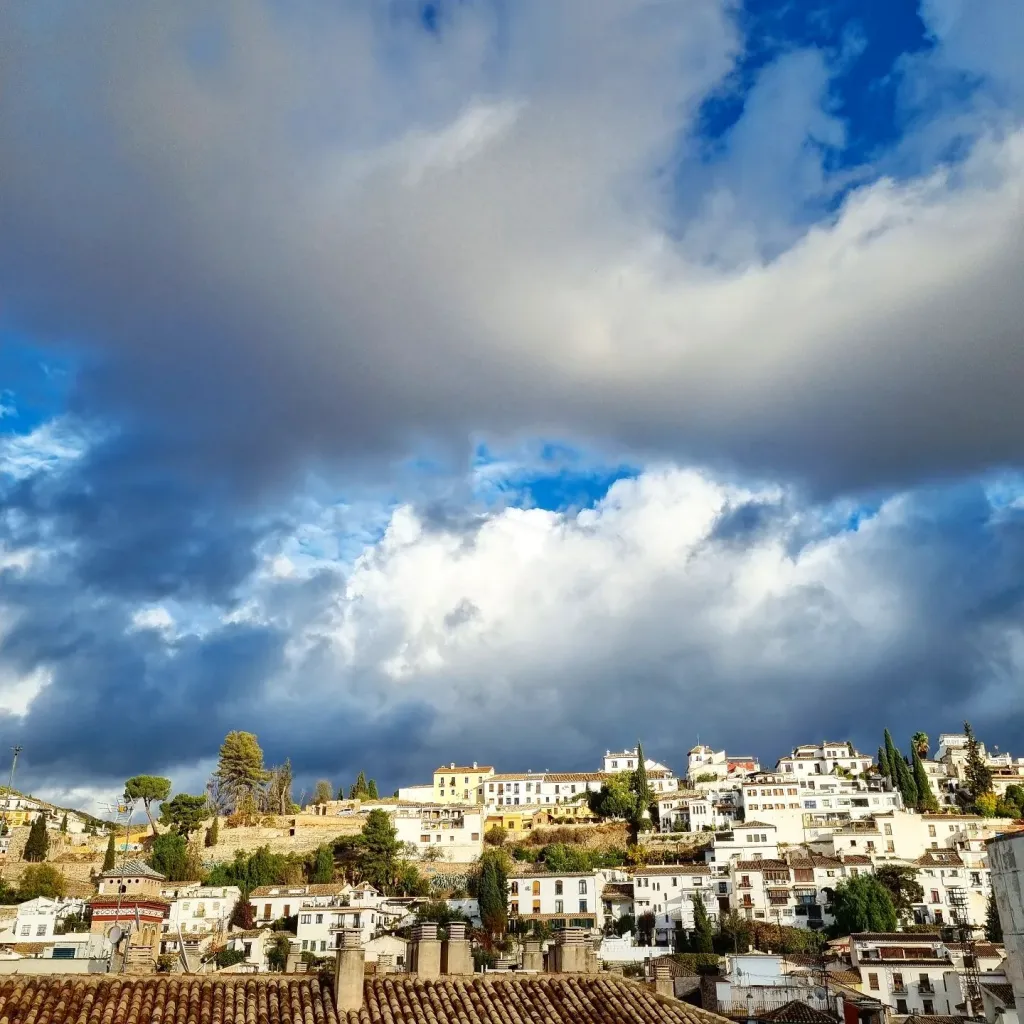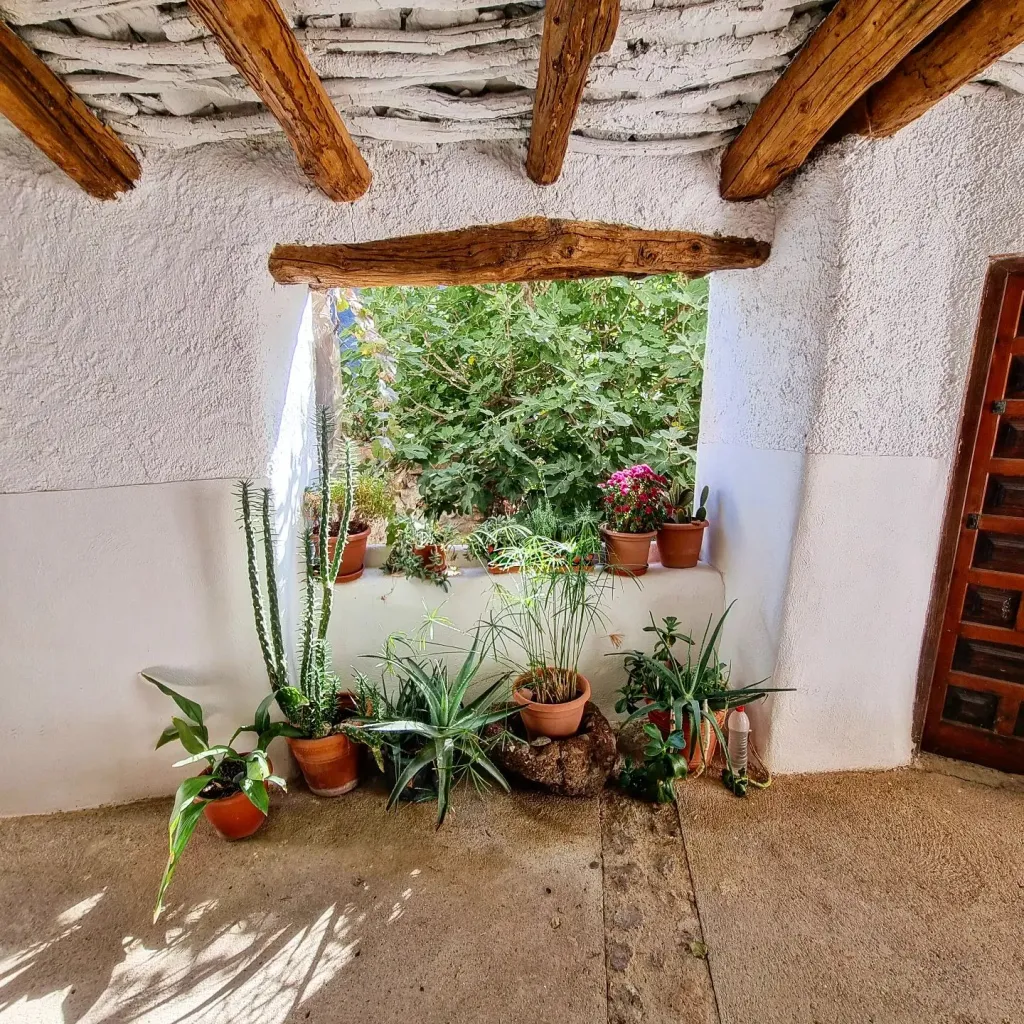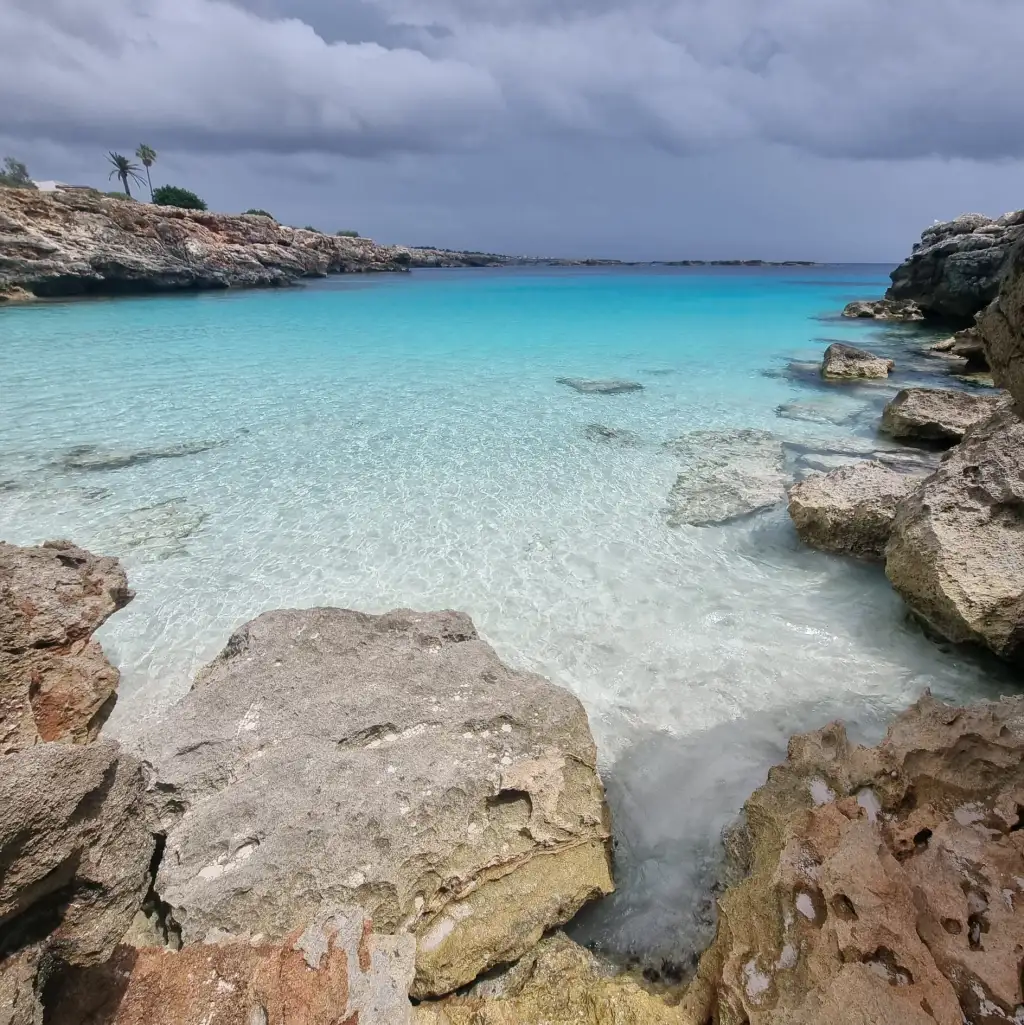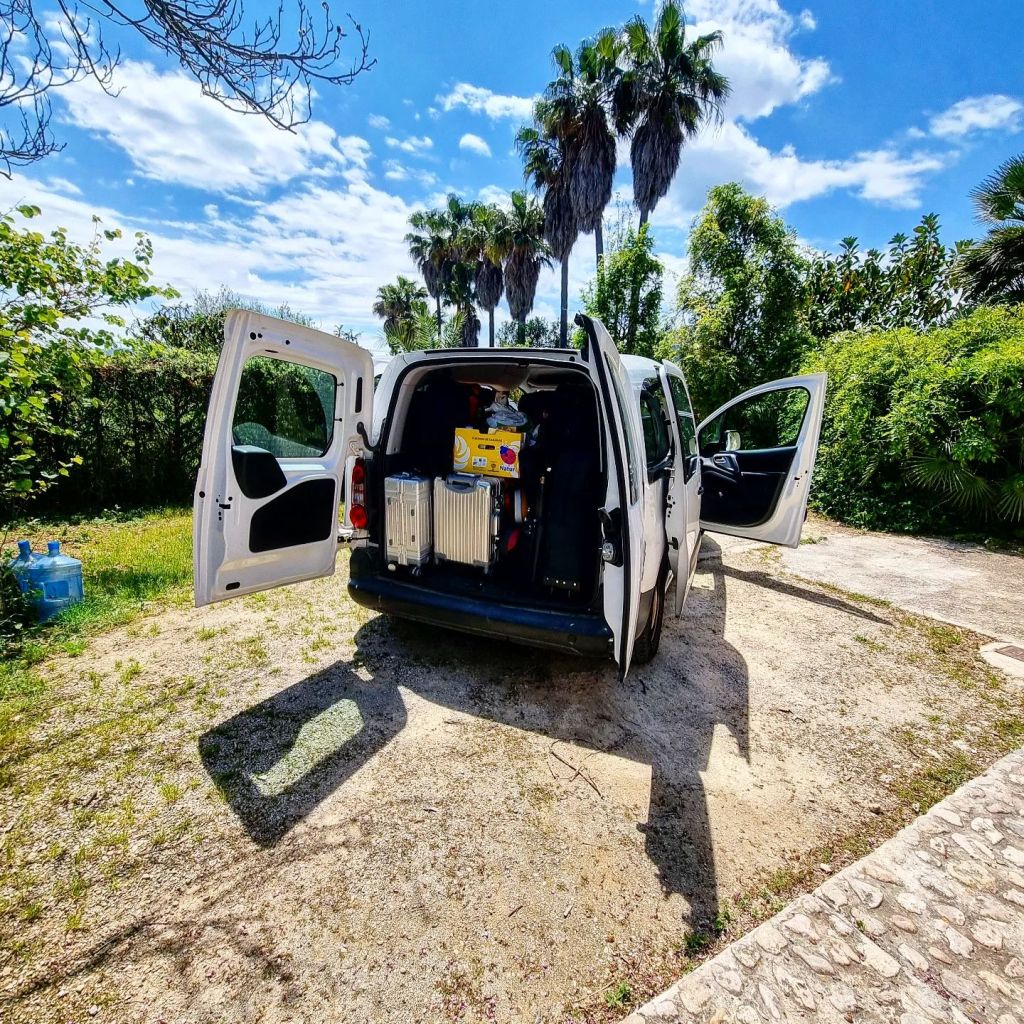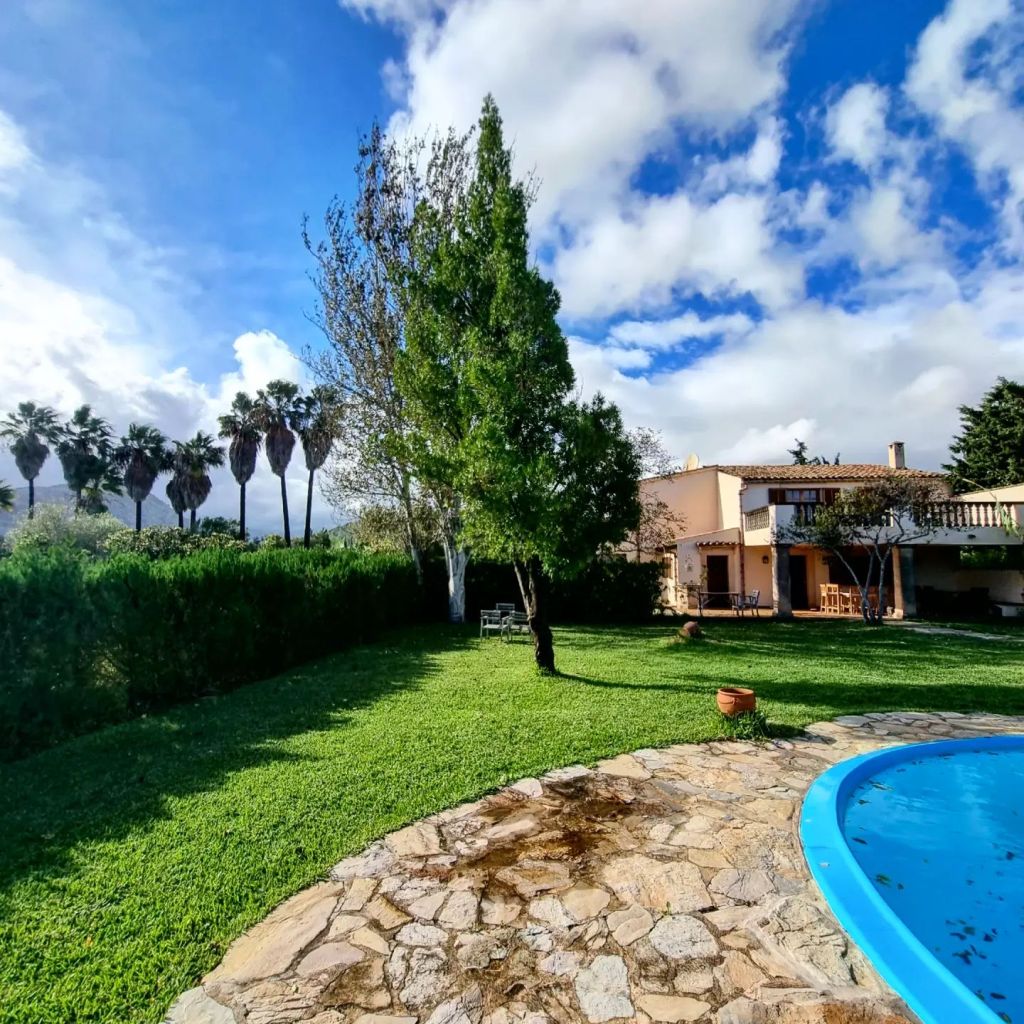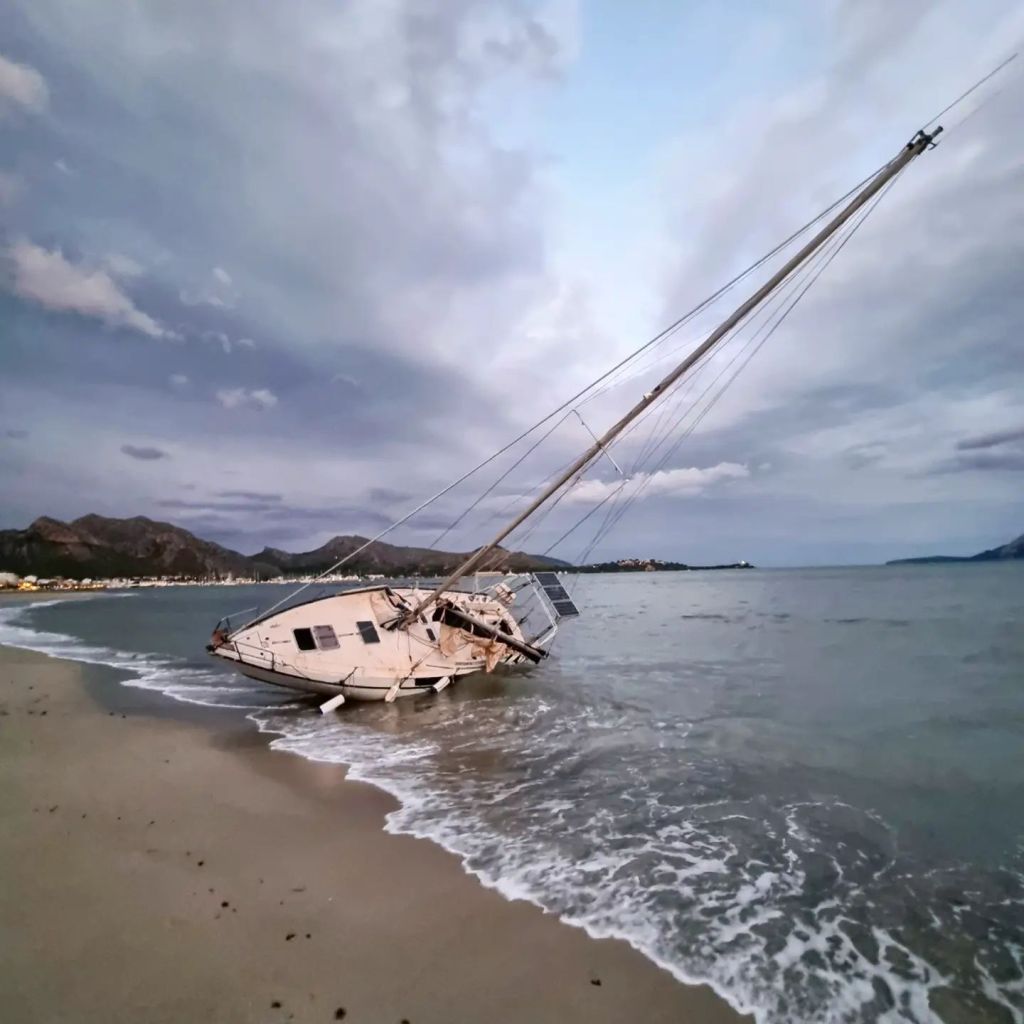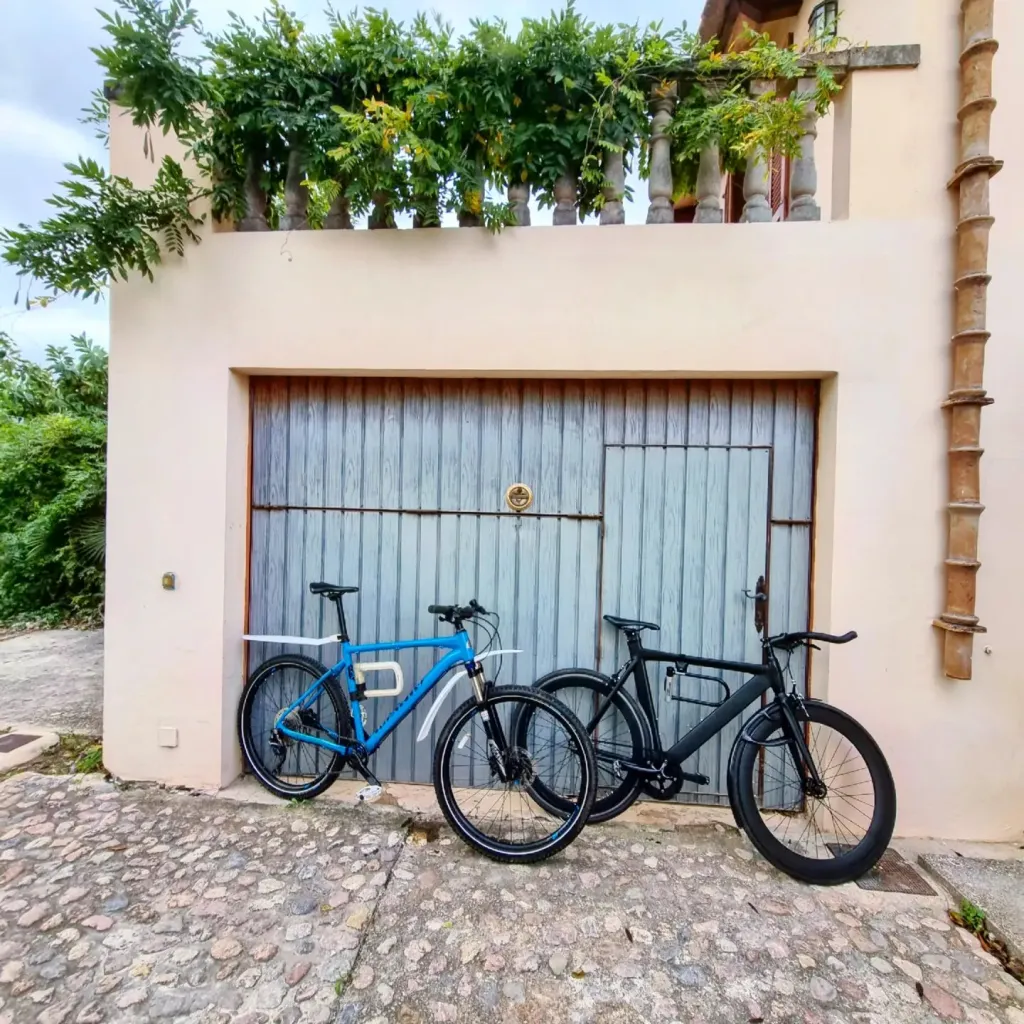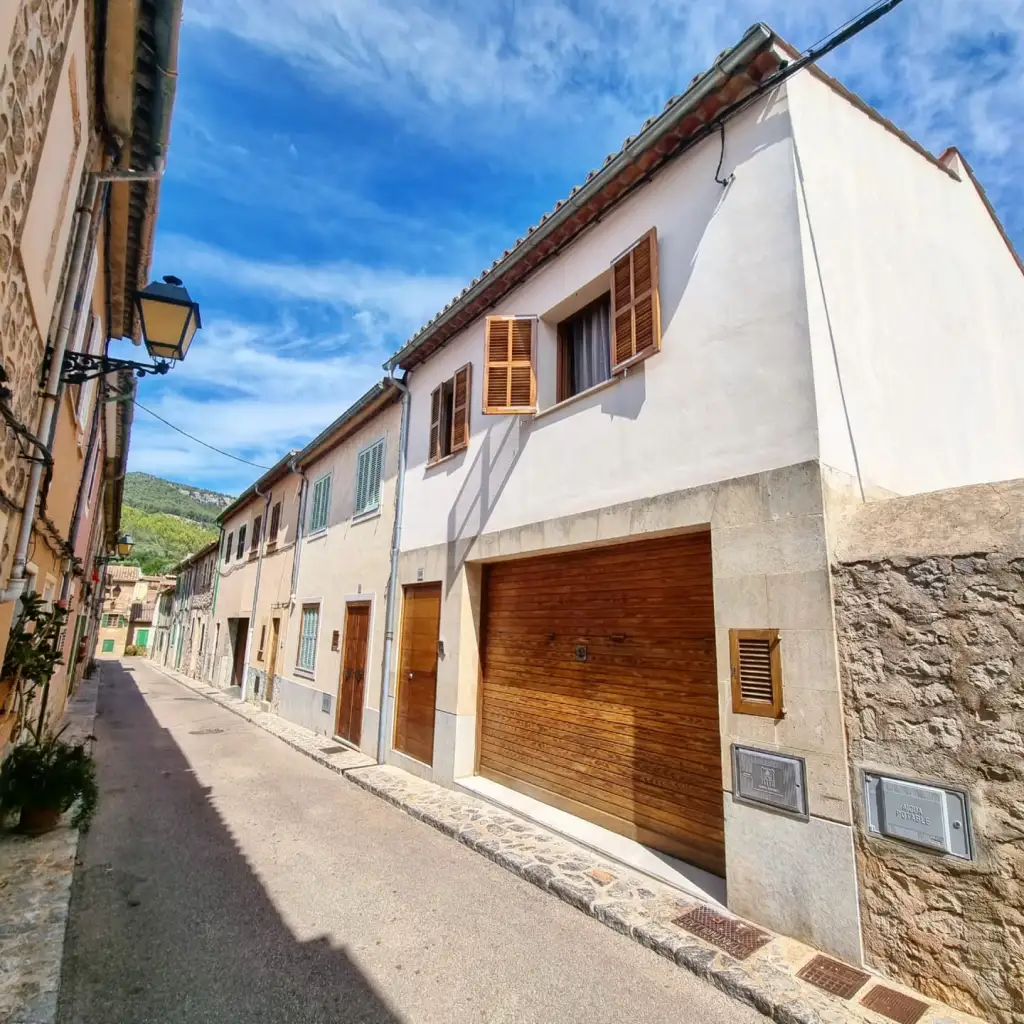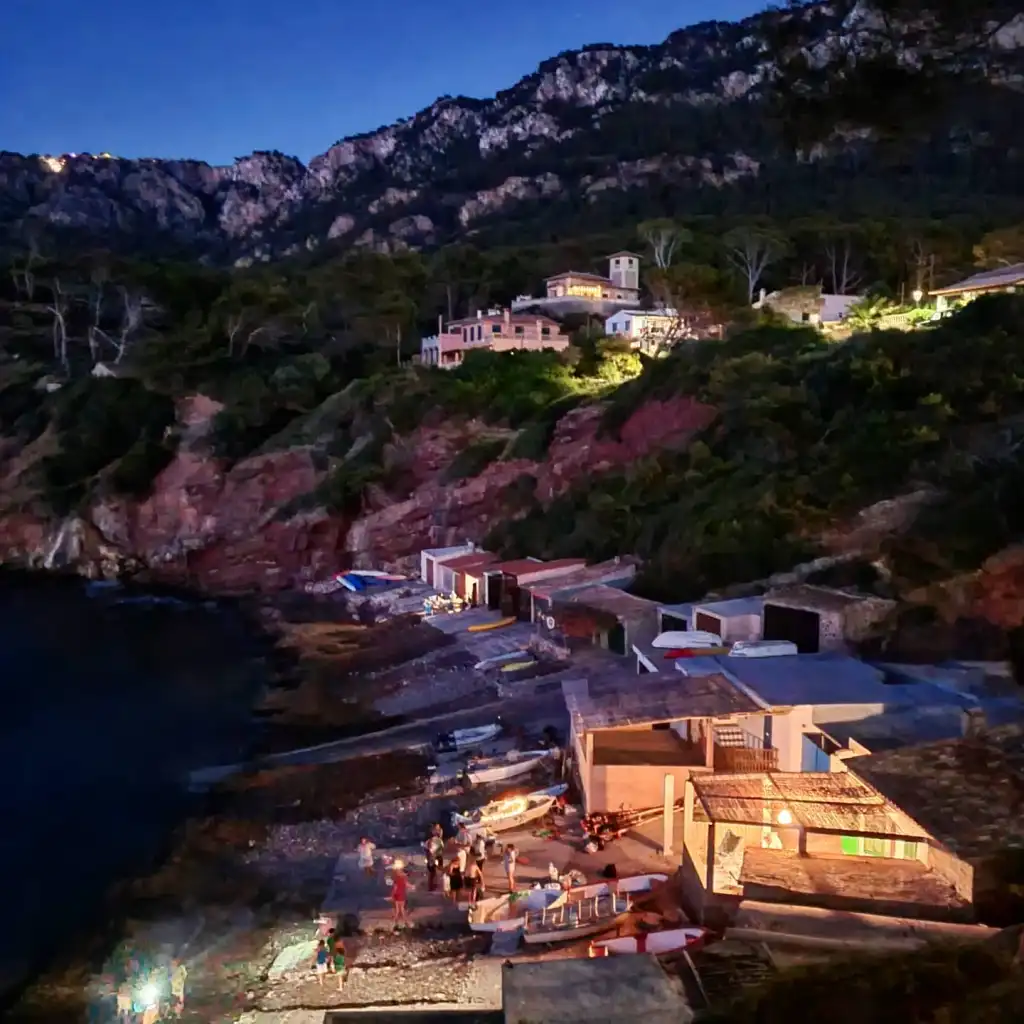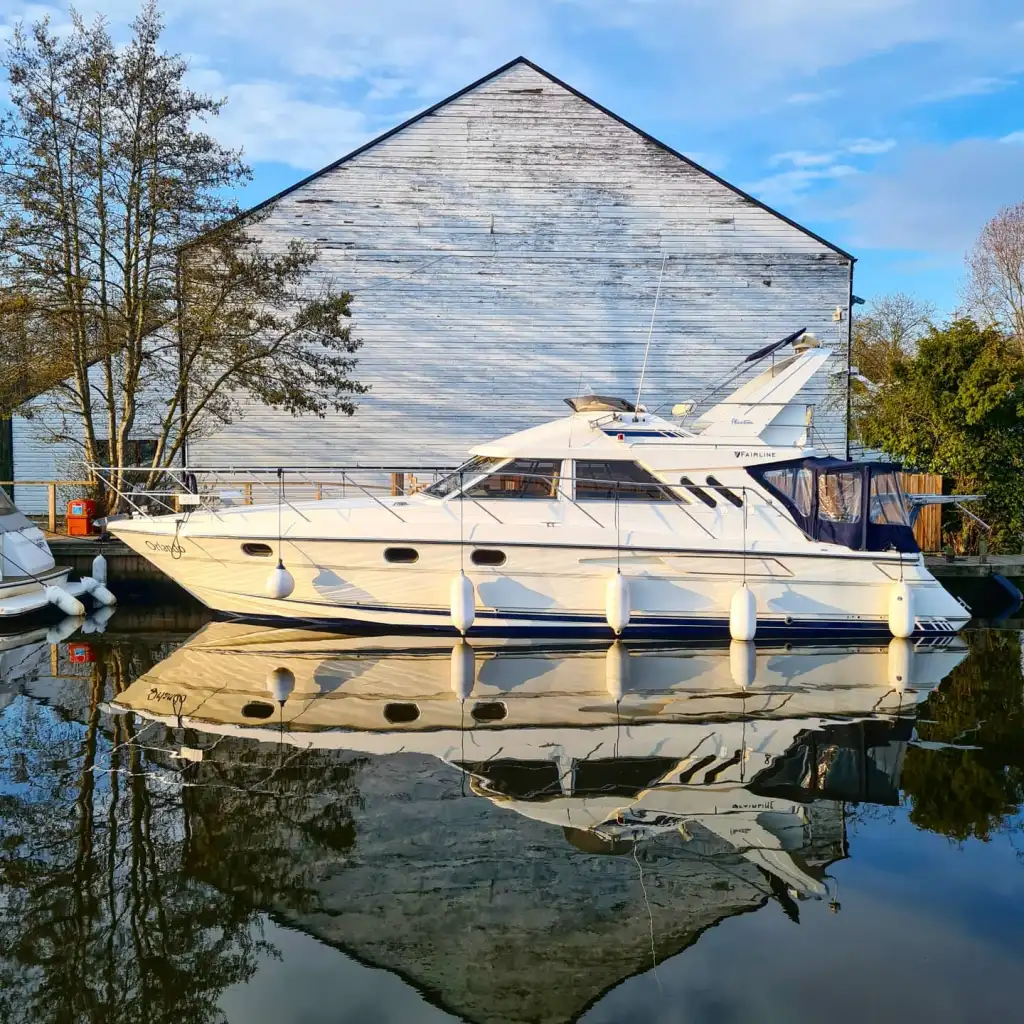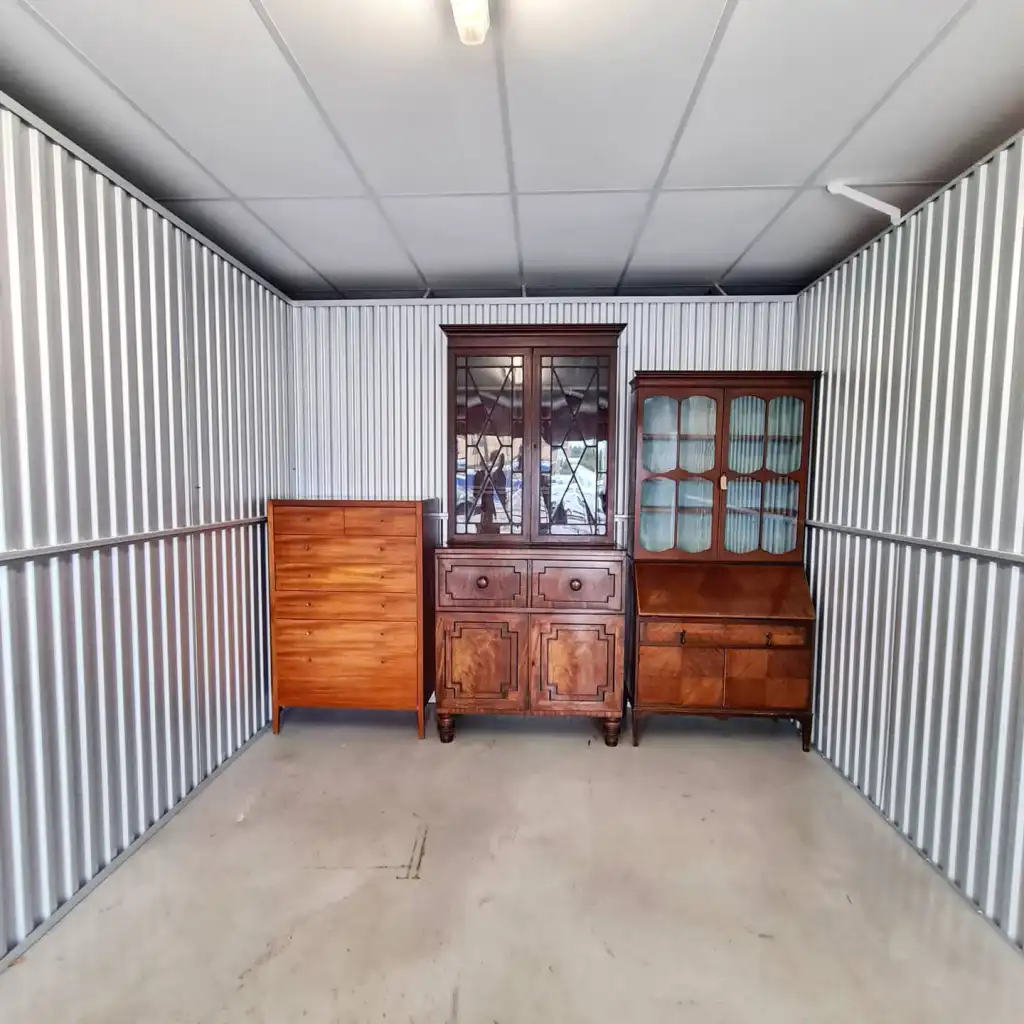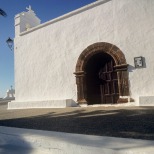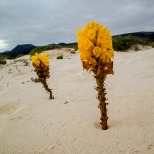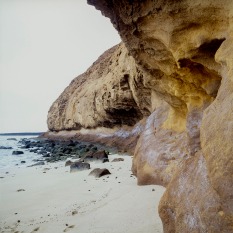[ 19:33 Saturday 11 November – Rodalquilar, Cabo de Gata Nature Reserve, Andalucia ]
Two months ago today, Alex and I travelled to the town of Vera to participate in a peculiar and highly stylised ritual. Entering a marble-clad office, we were guided to seats at one side of a long table. Around the table with us were three lawyers, a realtor and a bank manager. Once everyone was in their place, the lawyers started passing bundles of paper back and forth between them. Once all the papers had all reached their destination, one of the lawyers picked up a document and began to recite its contents in formal and slightly antiquated Spanish.
The recitation continued for perhaps ten minutes, with several pauses for dramatic effect. At its conclusion one of the other lawyers passed a paper and gestured at me to sign, which I did. This paper was then handed to a different lawyers and a second paper was handed to me for signature. After scribbling my name on six or seven documents, each of which was taken from me and added to a bundle, the bank manager leaned forward and passed a cheque to the realtor. At this point one of the lawyers turned to me and whispered “Ahora la casa es tuya”, which means “Now the house is yours”. Papers continued being passed around and signed, but my heart was pounding and my head was spinning and I was no longer concentrating on what was happening around me.
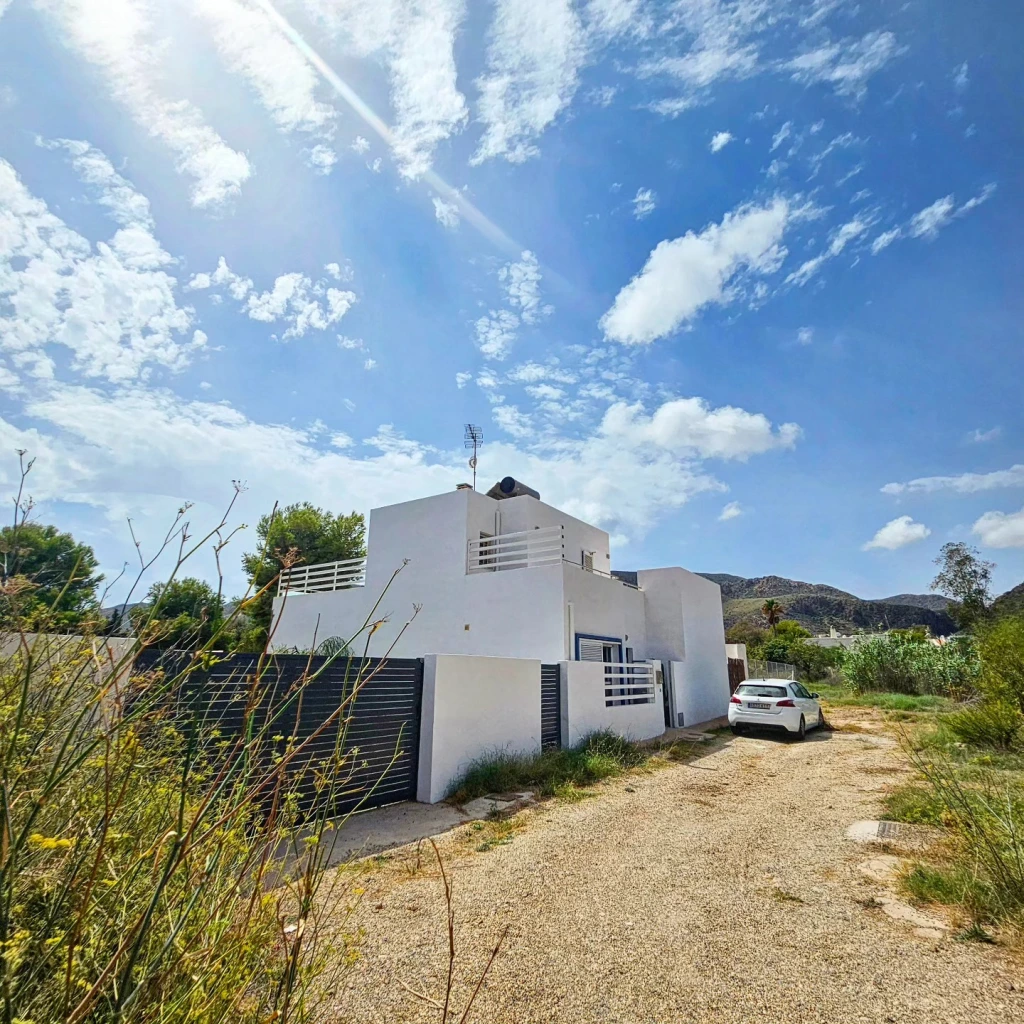
In five decades on this planet I’ve never cared about owning a house. From early in my life, I thought Western civilisation’s notion of private property was a dreadful mistake. Wherever I’ve found myself in the world, I’ve rented houses that I loved living in. My restless temperament appreciated the freedom to move on whenever I wanted, without any long-term responsibilities or the weight of a mortgage on my shoulders. Ironically I did try to buy each of the three houses I occupied in London between 2003 and 2021, but in each case it was an attempt to avoid getting kicked out of them, and in each case it failed.
When Alex and I packed up Old Ford Lock in June 2021 and started living nomadically in Spain, it had a bizarre side effect. Wherever we found ourselves I would obsessively start scouring property listings in the area and arrange visits to any houses that caught my eye. Over the next two years I must have gone through tens of thousands of listings in Mallorca, Menorca, Andalucia and Catalunya; and probably dragged Alex to look around twenty or thirty houses in total.
Many of the areas where we spent time were exquisite. But the place we finally fell in love with was the Cabo de Gata nature reserve in Andalucia. Its arid volcanic landscape, wild coastline and extraordinary sense of emptiness feel more like Syria or Mexico than mainland Europe. Alex first visited the area in their childhood. Within a month of meeting Alex they’d already concluded it was a place I’d like. My first experience of the reserve was a ten day stay in Los Escullos last July. That short visit made such a great impression that we rented a house in Las Hortichuelos to spend the whole of October, which is when we started looking at houses.

It’s been a long process, with some horrible twists and turns, but on 11th September we became owners of a two-storey house with 182 square metres of interior space and 3,000 square metres of land. Rodalquilar, the tiny village where it’s located, was first established by Berber settlers in the eighth century. In the mediaeval period it became an important source of alum, a vital ingredient for the European textile industry. In the nineteenth century gold was discovered and the village expanded to accommodate workers for the mines that sprang up. The last mine closed in 1966 and the village was abandoned. Then in the 1980s a group of german artists bought derelict houses in the village, attracted by the clear light and arid landscape. Gradually the community started to grow again. Today Rodalquilar has an official population of 250.

Rodalquilar is located on the northern edge of a vast volcanic caldera, 8km in diameter, formed by a collapsing magma chamber 11 million years ago. The central area of the caldera is a level plain ringed by mountains. The eastern section ends in a wide curving bay with a white sand beach, completely undeveloped other than the 18th century fortress of San Ramon, built to guard the alum exports from pirates. The water is spectacularly clear and filled with fish. From our house we can reach the bay by bike in nine minutes. In the middle of October the sea was still twenty-three degrees. Now in mid-November the water has fallen to seventeen degrees. It feels a bit chilly getting in but if the sun is shining it is still delicious once you’re in. Alex and I both had a swim this afternoon.
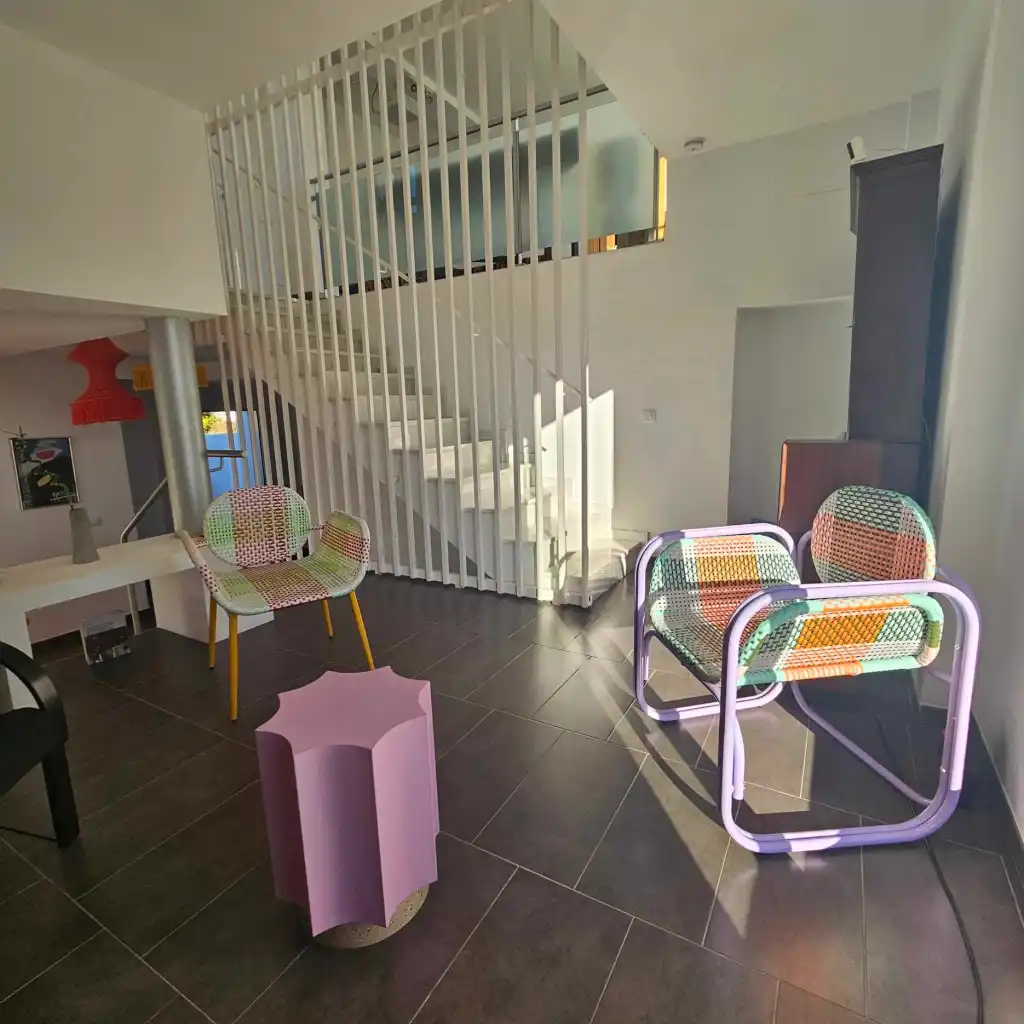
The house was constructed in 2011, intended as the prototype for a development which never materialised. The architecture is quite experimental, with internal spaces laid out in a zig-zag over four levels, linked by a double-height stairwell. Exterior terraces wrap around the South and West faces of the house, also spread over four levels.
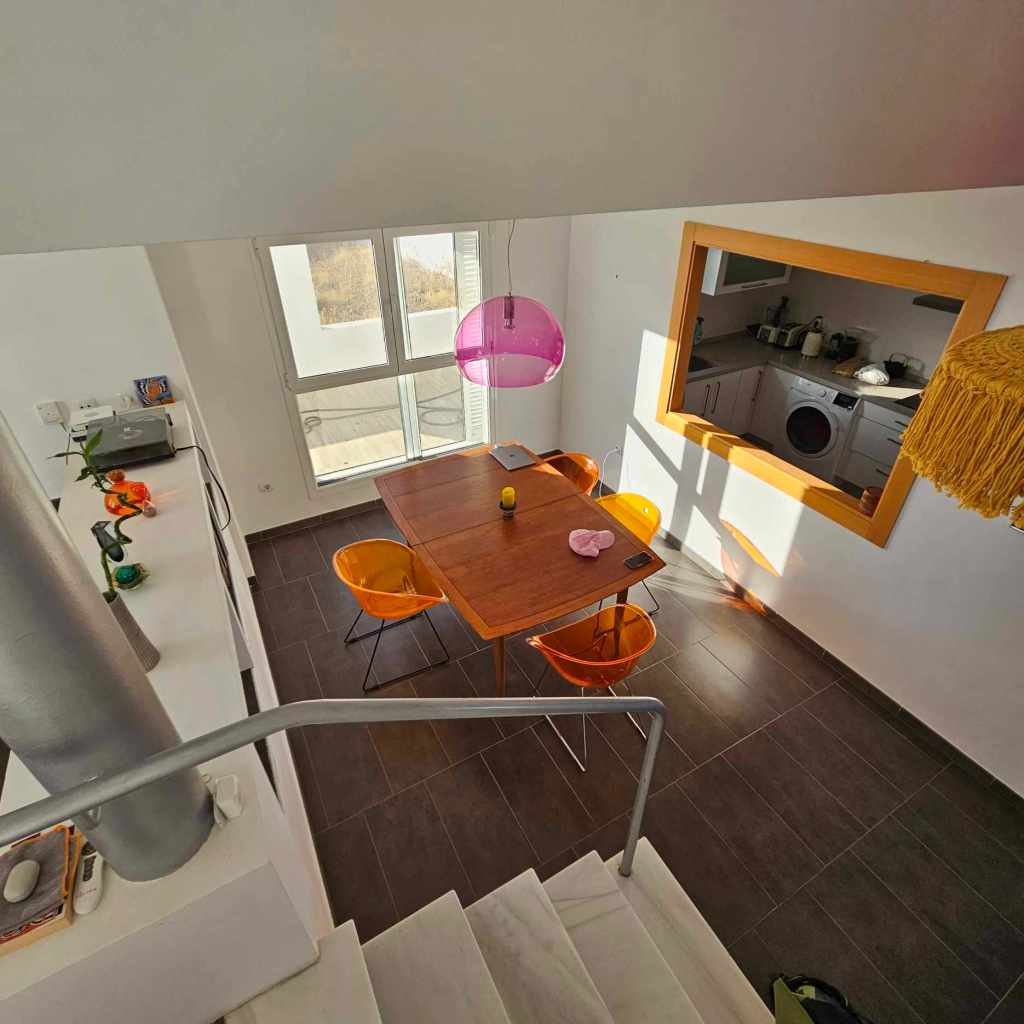
The morning after buying the house, a lorry arrived containing all our belongings from the storage unit in Romford. It took three hours to unload everything. Most of it went straight into the cavernous basement. It was exciting to be reunited with everything after two and a half years. However if I’m honest, most of what we own will be completely unnecessary here.

Since arriving, Alex and I have steadily been buying furniture and equipment for the house. Each week we’ve dedicated a couple of evenings to building a long-list of options for whatever item we’re focused on, before swapping notes and trying to agree a final option. Probably our proudest acquisition so far is a 1970s corner sofa in orange, yellow and black stripes that Alex had shipped from Italy. It’s taken two months, but most of the large items are finally in place. I’ll be delighted if I don’t have to look at another furniture or houseware website for the next month or two.

This may seem strange, but the aspects of a permanent house I’m enjoying the most after two-and-a-half years of nomadic living are having a piano and a high-quality audio system. Every day I spend an hour on the piano, currently circulating between Shostakovich, Bach, Debussy and Chopin. With its black-tiled floors and double-height space the house has a much more echoey acoustic than anywhere I’ve lived before, which is marvellous for the piano. In the evenings Alex and I fill the house with music from our punchy amplifier and speakers, marvelling at the details we can hear again after two years listening through a tinny portable speaker.
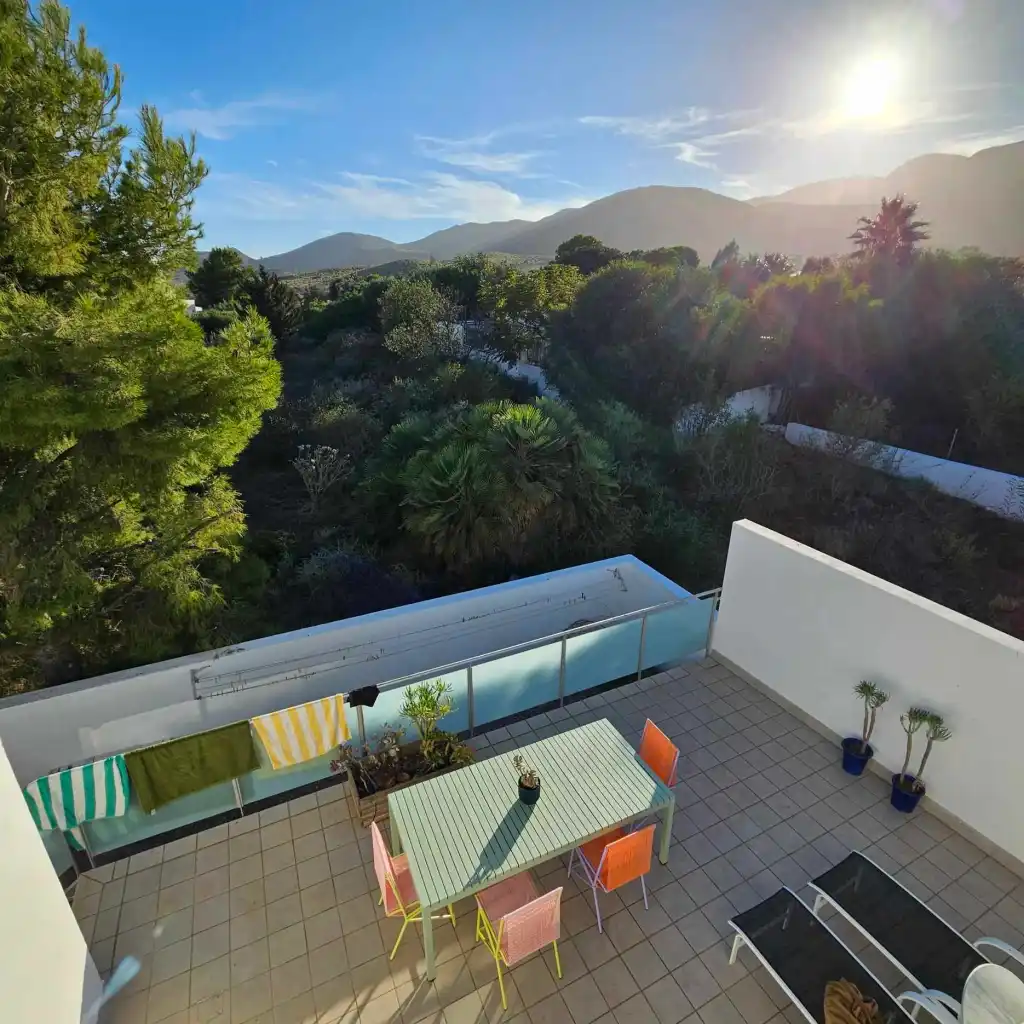
Our plan for the coming year is to split our time 50/50 between the house in Rodalquilar and the boat in London. Each evening before I go to bed, I walk out onto one of the terraces and spend a few minutes with my gaze turned upwards. In the absence of any light pollution, the night sky is an explosion of stars. I could not be more grateful that my life has led me to this place, and at Alex’s side. I feel as though I’ve found something I’ve been searching for all my life, without realising it.
: c :

